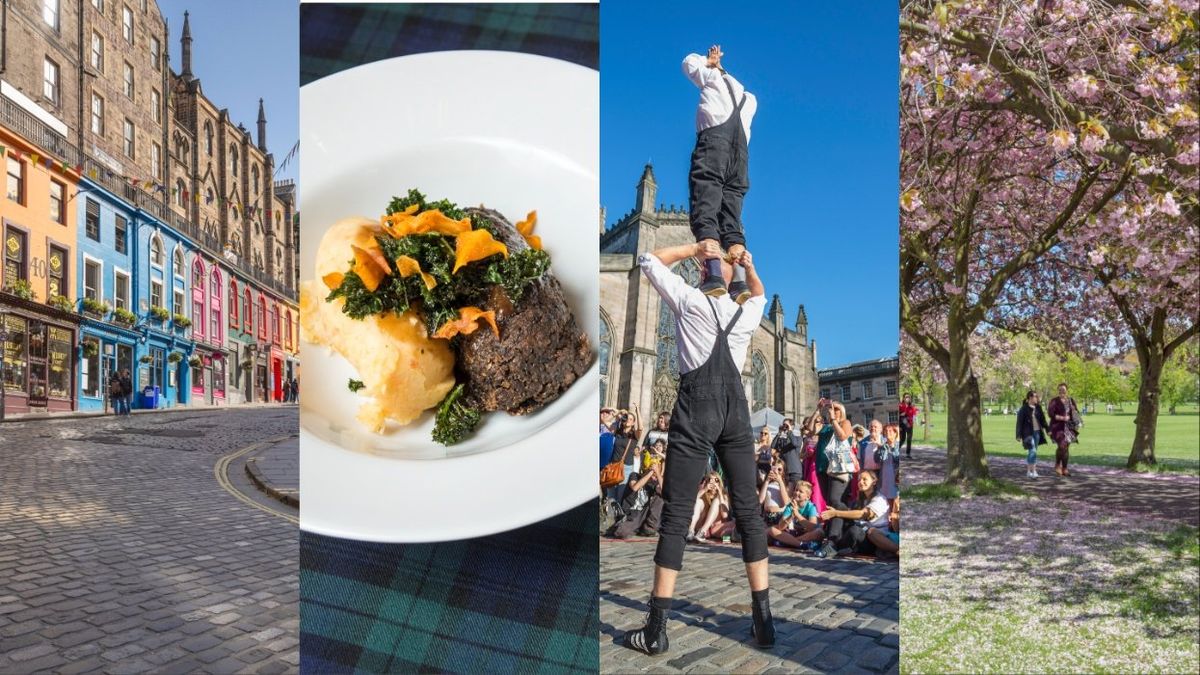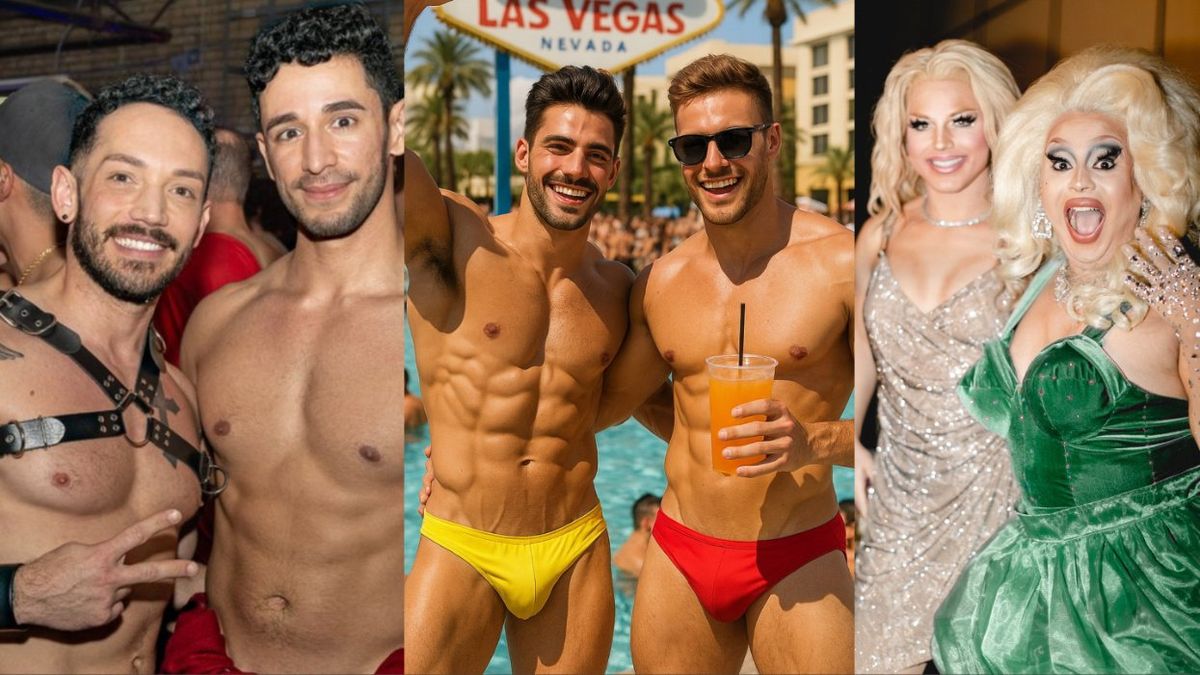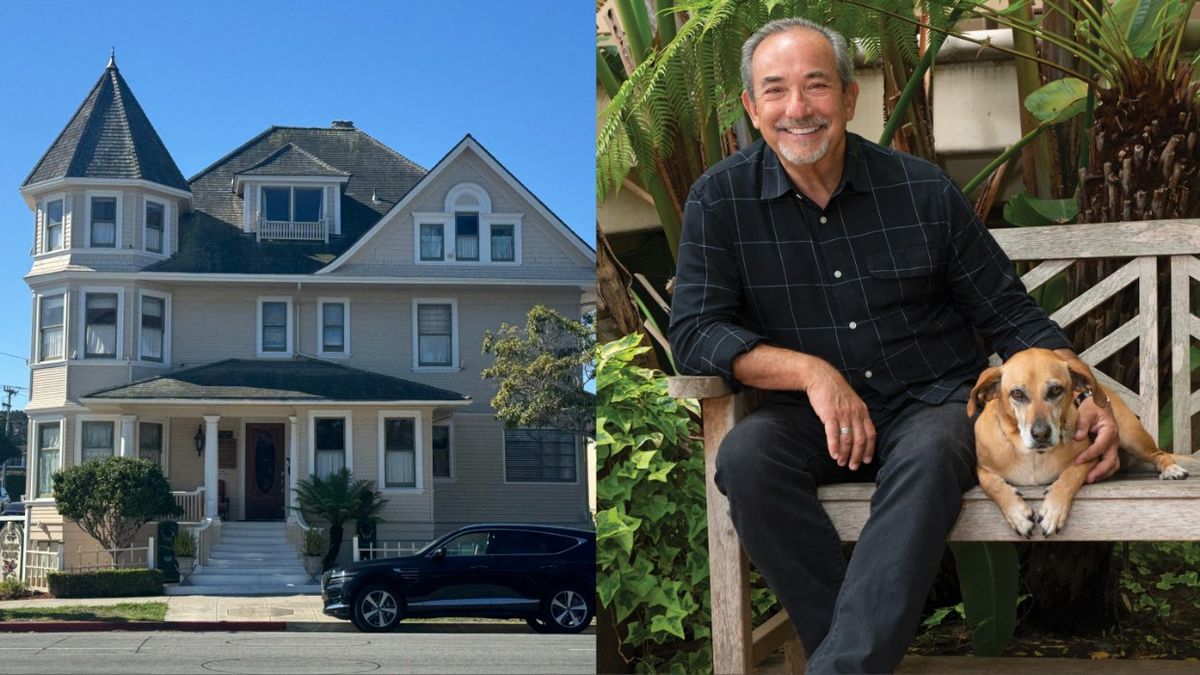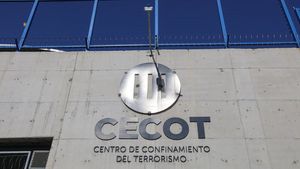Just 50 miles northwest of the glittering lights and luxurious resorts of Las Vegas sits a Mojave Desert oasis of another kind. There are no lush green golf courses, swanky hotels, or 24-hour casinos in this 40,000-acre oasis. In fact, there’s very little water at all. Instead, Valley of Fire State Park features an oasis of accessible natural beauty and well-preserved archeological sites.
Nevada’s largest state park, Valley of Fire is one of those places where you don’t need to leave the car to appreciate its beauty. Except of course you will, to snap pics or selfies at the countless scenic overlooks and photo ops. If you’re looking to step out and stretch those legs, even if you spend less than an hour, the park will reveal more of its history, from iconic 150-million-year-old red rock Aztec Sandstone and 2,500-year-old petroglyphs left by the region’s Ancestral Puebloan inhabitants, to the more recent remains of Hollywood film sets. And since none of the trails are particularly long or challenging, visitors can experience any number of sites via different hikes without expending significant time or energy, key factors in the heat and sun of summer.

A scenic drive by moonlight
This manageable mix of small hikes and scenic drives makes Valley of Fire State Park the perfect day trip from Sin City, whether for just a morning or a longer escape from civilization. Even if you plan on staying in the car for the duration of your visit, be sure to stay desert-smart. Fill or charge your vehicle before heading out, bring plenty of water and sunscreen, wear light clothing and a hat to provide protection from the sun, and make sure to protect your toes on the trails with enclosed shoes.

Rock wall with prehistoric petroglyphs created by ancient Pueblo people
A good place to start is the Visitor’s Center located at the park’s western entrance just off the I-15 Interstate. There, displays cover the geological history of the region and rangers are on hand to answer additional questions. From there, take the scenic drive to the trailhead for Petroglyph Canyon, where a leisurely walk passes through red rock canyon walls decorated by the Ancestral Puebloans who inhabited the valley 1,000 years ago.

View through window of Historic Stone Cabins built by the Civilian Conservation Corps
Back in the car, continue to White Domes Trail. If you have time, the 1.1-mile hike winds past coral-hued sandstone spires, arches and slot canyons, and visits the remains of the set from the 1966 film The Professionals, starring Burt Lancaster. The park also served as the Martian exteriors for the original Total Recall, and fans of the Star Trek franchise will recognize Silica Dome as the location of Captain Kirk’s final demise in Star Trek: Generations.
Continue on the drive to the park’s eastern side where you’ll find the remains of Depression-era cabins constructed to house members of the Civilian Conservation Corps. The hardy structures are relatively well preserved, considering the regional elements. Further along is Elephant Rock, the park’s pachyderm-shaped arch.

Elephant Rock
Those seeking an alternate, more scenic return to Las Vegas should continue east, then turn south and drive through more stunning desert landscapes alongside Lake Mead. The road takes a circuitous route before looping back to the west and joining the I-15 just north of Las Vegas.


























































































